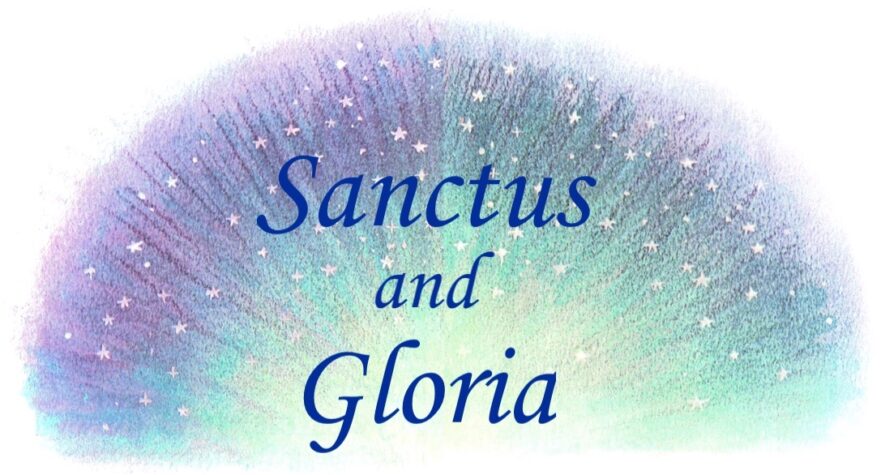Taking another look at how John the Baptist, Jesus, and the Apostle Paul related to issues of ritual and moral purity.
Two Kinds of Love in the Story of the Paralyzed Man

Two kinds of love operate in the story of the paralyzed man. One kind of love is inclusive and redemptive, the other is exclusive and destructive. Which kind of love will prove victorious?
What’s Wrong with Contagious Purity? Debunking the Myth that Jesus Never Became Ritually Impure

The view that Jesus could not be affected by impurity and that Jesus was able to spread his purity to others is based on faulty assumptions and invalid inferences.
The Seven Types of Pharisees and the Fear of God in the Synoptic Gospels

Ancient Jewish sources attest to a debate over which motivation for keeping the commandments—fear or love—was most highly to be esteemed. This debate surfaces, among other places, in the Talmudic discussions of the seven types of Pharisees. These seven types and the debate over love versus fear illuminate important aspects of Jesus’ teaching.
The Sin Against the Spirit: Matt. 12:31-32; Mark 3:28-29; Luke 12:10

Jesus’ saying about the sin against the Holy Spirit belongs to developing Jewish ideas regarding the gradation of sin and punishment. It also reflects his high self-awareness.
From the Galilee to Jerusalem: Luke as a Source for the Routes of Jewish Pilgrimage

Luke’s Gospel preserves valuable evidence of pilgrimage routes that would have been utilized by Jewish pilgrims in the Second Temple period.
Halakha in the Gospels

The Gospels describe Jesus and his followers as keeping halakha to a relatively high extent; they were a group to whom the law was important.
‘Look at…all the trees’: Trees in the New Testament Gospels

An examination of the role trees play in the New Testament Gospels.
He Could No Longer Openly Enter a Town: A Synoptic Study in Light of an Early Luke

According to Mark, after one of Jesus’ very first miracles, Jesus would no longer openly approach a town in public, but instead avoided the crowds who continually sought him out.
The Expectation of Sabbatical Redemption within Ancient Judaism and Luke-Acts

Luke-Acts attests to the connection of the movements of John the Baptist and Jesus to ancient Jewish hopes of sabbatical redemption.
(Why) Did Jews Hate Tax Collectors–Or Did They? The Evolution of a Modern Stereotype in Biblical Studies

The popular image of tax collectors ostracized from Jewish society demands a second look.
Jesus’ Words, Evangelist’s Contribution and Implicit Biblical Reference: The Case of Matthew 21:43-44

Evidence from Qumran combined with a likely scriptural allusion suggest a non-ethnic interpretation of Matthew’s editorial additions to the parable of the Vineyard and the Tenants.
Two Neglected Aspects of the Centurion’s Slave Pericope

Ritual impurity and the tensions resulting from Roman imperialism are two aspects of the Centurion’s Slave pericope that often go overlooked.
“They Know Not What They Do”: The History of a Dominical Saying

How Luke 23:34 became embroiled in the Church’s conflicted relationship with its Jewish Roots.
Why Do You Call Me ‘Lord’?: On the Origins of Jesus’ Dominical Title

The confession “Jesus is Lord” is the simplest and earliest Christian creed. But how did referring to Jesus as “Lord” begin?
Evidence of Pro-Roman Leanings in the Gospel of Matthew

Hindsight and political expedience shaped the author of Matthew’s view of the Roman Empire.
Sanctus and Gloria

Professor David Flusser investigates the Jewish background of the angel’s song to the shepherds, “Glory to God in the highest….”


